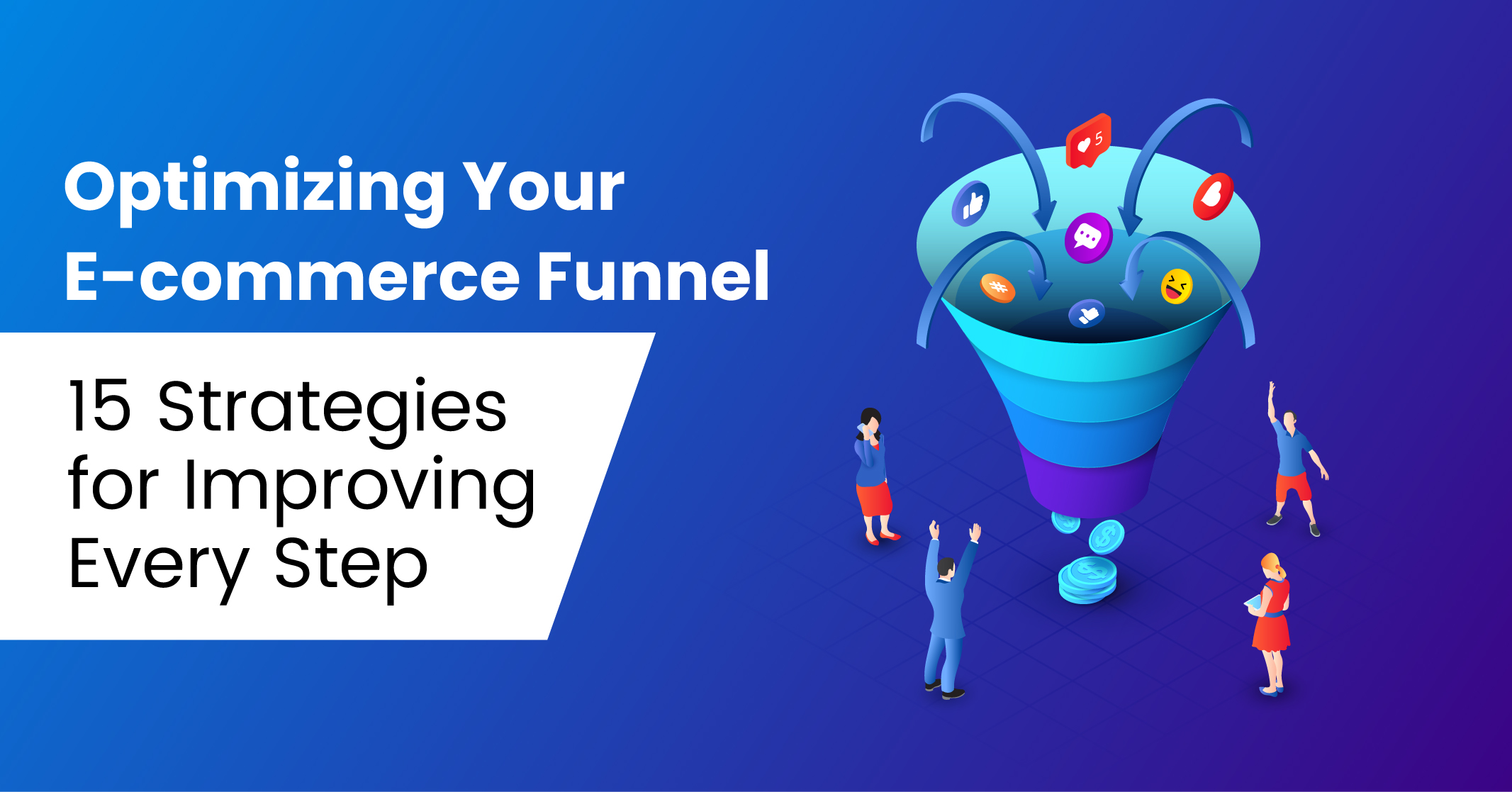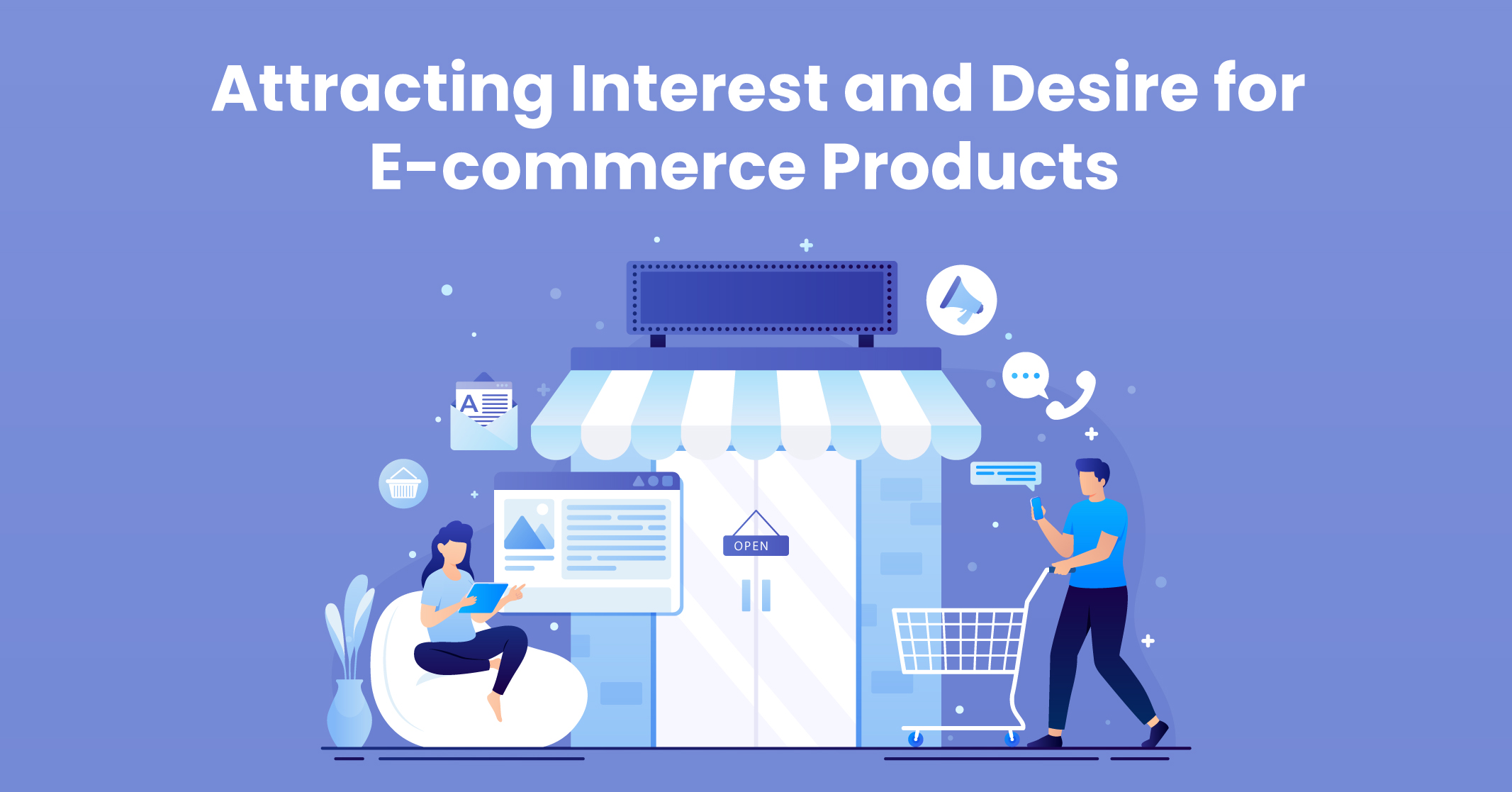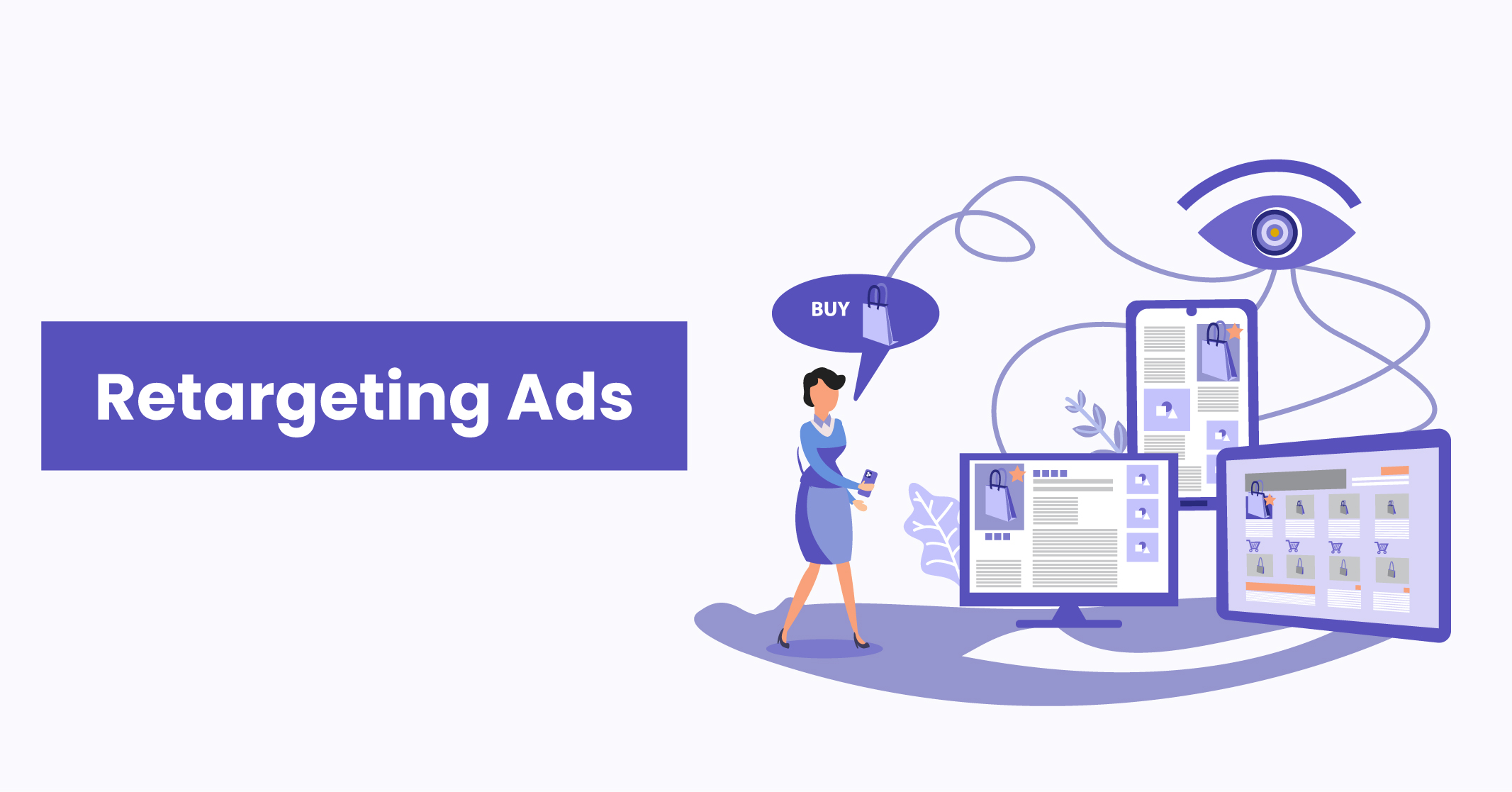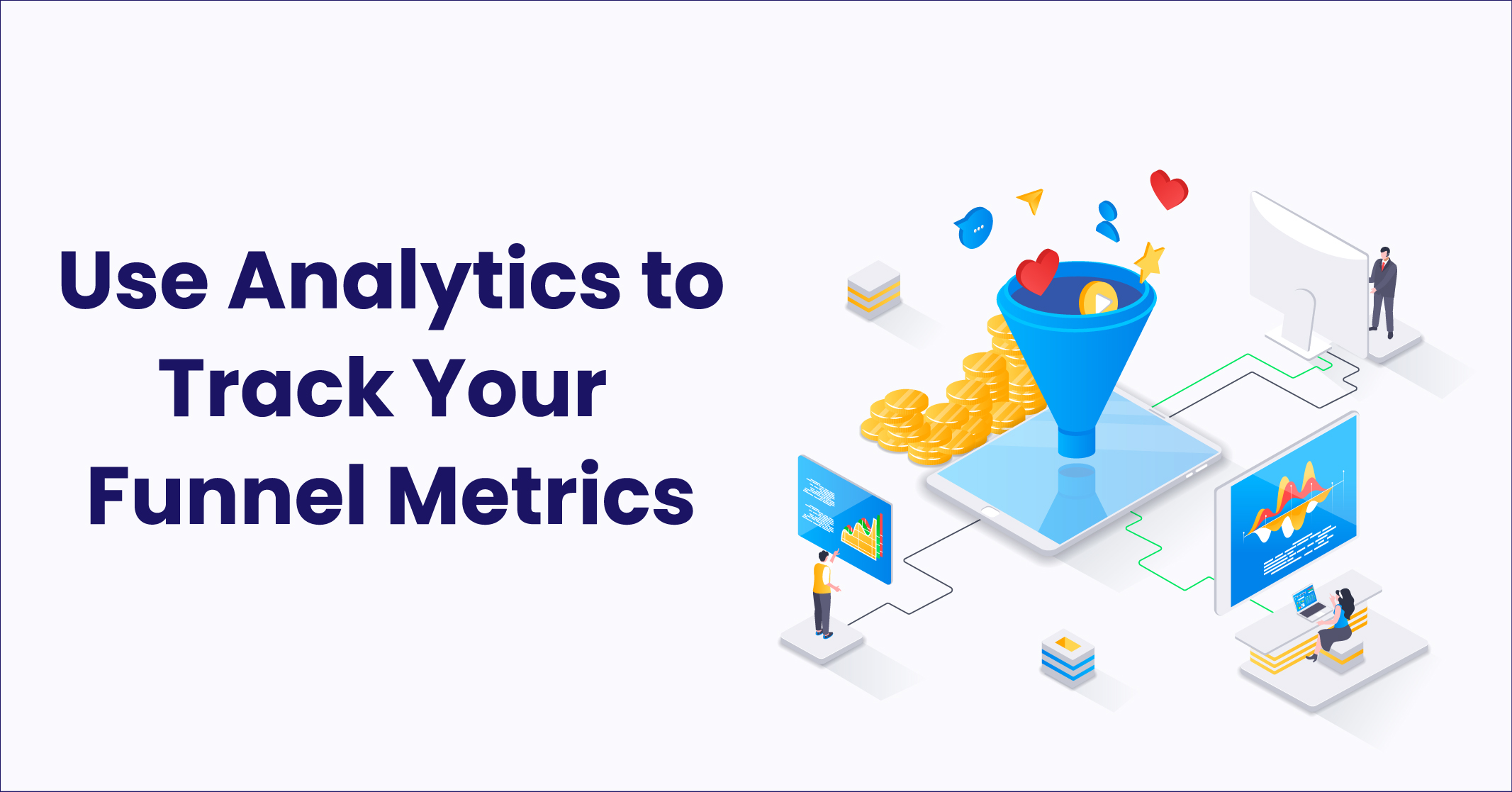I hope you enjoy reading this blog post.
If you want to get more traffic, Contact Us

Click Here - Free 30-Minute Strategy Session
Be quick! FREE spots are almost gone for this Month. Free Quote

In the highly competitive e-commerce market, it can be challenging to stand out from the crowd. With many brands offering similar products or services, advertising can be expensive and ineffective. Unlike brick-and-mortar stores, e-commerce brands have lower costs, but they need to establish a unique brand voice to succeed.
This article explores various techniques to optimise e-commerce sales funnels. We’ll discuss building brand awareness, creating demand, turning leads into customers and customer retention. Additionally, we’ll cover how tracking results can help you fine-tune your strategies for maximum success.

Click Here – Free 30-Minute Strategy Session
Be quick! FREE spots are almost gone for this Month
To attract potential customers and guide them through your e-commerce funnel, it’s crucial to establish brand awareness. Without it, your brand will not be recognised, and your messages will not reach your target audience. Even if customers see your logo, they won’t associate it with anything meaningful unless you have established brand awareness. To enhance your brand awareness, you can implement these techniques.
SEO or Search Engine Optimisation is crucial for making your website visible. An SEO specialist employs various techniques to optimise your website for search engine algorithms to rank it for the right keywords. Your goal is to appear on the first page of search results to get maximum organic traffic.
Keyword research is an important part of SEO. For this article, the target keyword is “ecommerce funnel,” which is the subject of our discussion. You can use appropriate keywords that accurately represent your content and are competitive for higher rankings. Content optimisation and link building are other techniques that help boost the credibility of your content and improve its chances of success.
If you find SEO overwhelming, there are plenty of resources available. Many popular SEO tools like Google Analytics, free Hubspot tools and Ahrefs are available for free or at a fee. You can try the basic features for free before opting for a paid version.
Learn More: What is the “Funnel” in Digital Marketing?

Social media marketing is a crucial component of your e-commerce funnel. By leveraging social media platforms, you can connect with potential customers, influencers, and engage with your audience. TikTok and Instagram are the most popular platforms for influencer marketing, while Facebook, Twitter and Pinterest are great for ads. Your choice of platform should depend on your target audience.
Building a community on social media is essential. Use forums, host events, and encourage comments from your followers. Consistency in your brand voice is also important to establish a strong brand identity. With social media, you can reach new audiences and make your branded messages go viral.
Learn More: Effective Social Media Marketing for Your Business
Content marketing is a powerful way to attract and retain customers to your e-commerce funnel. By creating articles, videos, podcasts and e-books, you can establish your brand as an expert and build trust with your audience. To be effective, you need a content calendar, visually appealing content and compelling headlines and CTAs. Don’t forget to promote your content on other social networks to reach a wider audience.
To maximise your e-commerce funnel, it’s important to generate interest in your products as your audience moves down the sales funnel. However, your approach will vary depending on your audience and the type of products you sell.
Consumer and business-focused brands require different strategies to effectively drive interest and ultimately lead to conversions.
Email marketing is a highly effective way to maximizese and build your e-commerce funnel. It allows you to send marketing messages directly to your subscribers’ inboxes, resulting in excellent ROI. Here are some key points to keep in mind:

Retargeting ads are a valuable way to increase the number of marketing touches, which is necessary for converting prospects into customers. Retargeting involves showing ads to people who have already interacted with your brand, either through visiting your website or engaging with your social media content.
To make retargeting effective, use platforms like Facebook Pixel and Google Ads, which use cookies to track user behaviour and display relevant ads. Set clear KPIs and use analytics to track your progress and employ audience segmentation and A/B testing to optimise your ad campaigns. Overall, retargeting is a powerful tool for maximising your ecommerce funnel and turning prospects into customers.
Learn More: How to Run CRO Test
Landing pages can greatly enhance your ecommerce funnel by collecting lead information, encouraging email signups or persuading people to buy your products.
To maximise your e-commerce funnel, you need to plan strategically. With competition high in most consumer goods categories, and B2B and high-dollar consumer brands requiring significant market research, careful planning is necessary.
Here are some e-commerce funnel strategies and tips to edge out the competition and turn your funnel into gold.
Product pages play a critical role in your e-commerce funnel as they showcase your products and provide essential information to customers. To optimise these pages, including high-quality product images, pricing, and detailed descriptions. Consider adding advanced features like videos, reviews, and comparisons to boost engagement. Don’t forget to highlight any discounts and provide customer education to help customers make informed decisions and reduce returns.
Use SEO strategies to improve your product page rankings and increase traffic to your site, ultimately optimising your ecommerce funnel.
In the ecommerce world, trust signals are crucial to gain customers’ confidence, especially for new companies and expensive products. A trust signal is an indicator that assures potential customers that your brand is trustworthy and that your products are of high quality.
Some essential trust signals include having a secure website, an easy return policy, a warranty, and social proof. These signals help customers perceive your brand as reliable, ethical and committed to customer satisfaction. Conversely, a lack of trust signals can deter potential customers from making a purchase, negatively impacting your ecommerce funnel.
To optimise your ecommerce funnel, focus on building trust with your customers. Implementing trust signals, along with other SEO strategies, will increase your chances of success and establish long-term relationships with your customers.
Learn More: 8 Definitive ECommerce SEO Steps That Will Transform Your Business
Creating a sense of urgency and FOMO can significantly boost your e-commerce sales. This tactic is used by many successful brands, and Black Friday and Cyber Monday are perfect examples. Discounts, limited offers, and special deals can lure customers into making a purchase they might not have otherwise made.
However, be honest with your customers and avoid any deceptive tactics. Use visual cues like countdown timers, limited stock graphics and sale notifications to create a sense of urgency.
While offering discounts might seem counterproductive, it can turn customers into regular buyers. They may end up paying full price for high-quality products they enjoy. So, give customers a break when you can, and watch your sales grow.
Converting potential customers into brand advocates is a challenging task, especially in competitive niches. Brand advocates lend credibility to your brand by recommending it to others, but they’re also cautious about doing so. The key to success is to build trust with your customers and provide exceptional service. If done right, advocates can become loyal and influential partners in promoting your brand, potentially even collaborating with you for influencer marketing.
Optimising your e-commerce funnel stages and implementing effective SEO strategies can help you achieve this goal.
Post-purchase emails can be a powerful tool for boosting customer loyalty and increasing sales. By customising these emails, you can provide a personalised touch to your customer experience and foster long-term relationships. Here are some tips to optimise your post-purchase emails:
By following these post-purchase email best practices, you can improve your ecommerce funnel stages and ecommerce SEO, leading to increased customer retention and sales funnel.
Loyalty programs are a great way to optimise your ecommerce funnel and reward customers for engaging with your brand. By offering perks, you can build customer loyalty and expand your marketing funnel.
You can award points or offer tiered programs, and make sure to match the reward to your company’s values. Providing incentives with a higher value will motivate customers to continue engaging with your brand. Optimising your ecommerce funnel through loyalty programs can help increase customer retention and overall sales.
Social media is a powerful tool for engaging with customers and promoting your products. It also offers an opportunity for customer service that’s often faster than phone support.
Any major social network with direct messaging can be used for this purpose, but Facebook Messenger is particularly effective. In addition to customer service, social media marketing can help build brand community.
Statistics are essential for measuring the success of your marketing efforts. It’s not enough to have a great campaign; you also need to ensure that it’s profitable and delivers the best possible return on investment.
By analysing your data over time, you can identify which strategies are effective and which ones aren’t, allowing you to optimise your marketing funnel for maximum efficiency. This way, you can focus your resources on what works and avoid wasting money on ineffective techniques.

Using analytics tools is crucial for making data-driven decisions in marketing. Here are some key points to keep in mind:
Learn More: The Complete Beginner’s Guide to Google Analytics
To optimise your ecommerce funnel, you need to track funnel metrics like volume, velocity, and conversion rates.
Funnel metrics help you identify weaknesses in your funnel and adjust your strategy accordingly.
For example, if people drop out at the awareness stage, you may need to improve your messaging or product descriptions.
You might also discover that certain channels or devices are causing leaks in your funnel.
By analysing these metrics, you can improve the efficiency of your funnel and increase your conversion rates.
Ecommerce funnel optimisation is the process of adjusting your strategy based on analytics and funnel metrics.
Optimising your e-commerce funnel might seem daunting due to its complexity and various components. However, mastering these techniques can be simple, and you’ll find it effortless with practice you’ll find it effortless.
In addition, utilising the best tools available can help you achieve optimal results with minimal effort.

LEAVE A REPLY